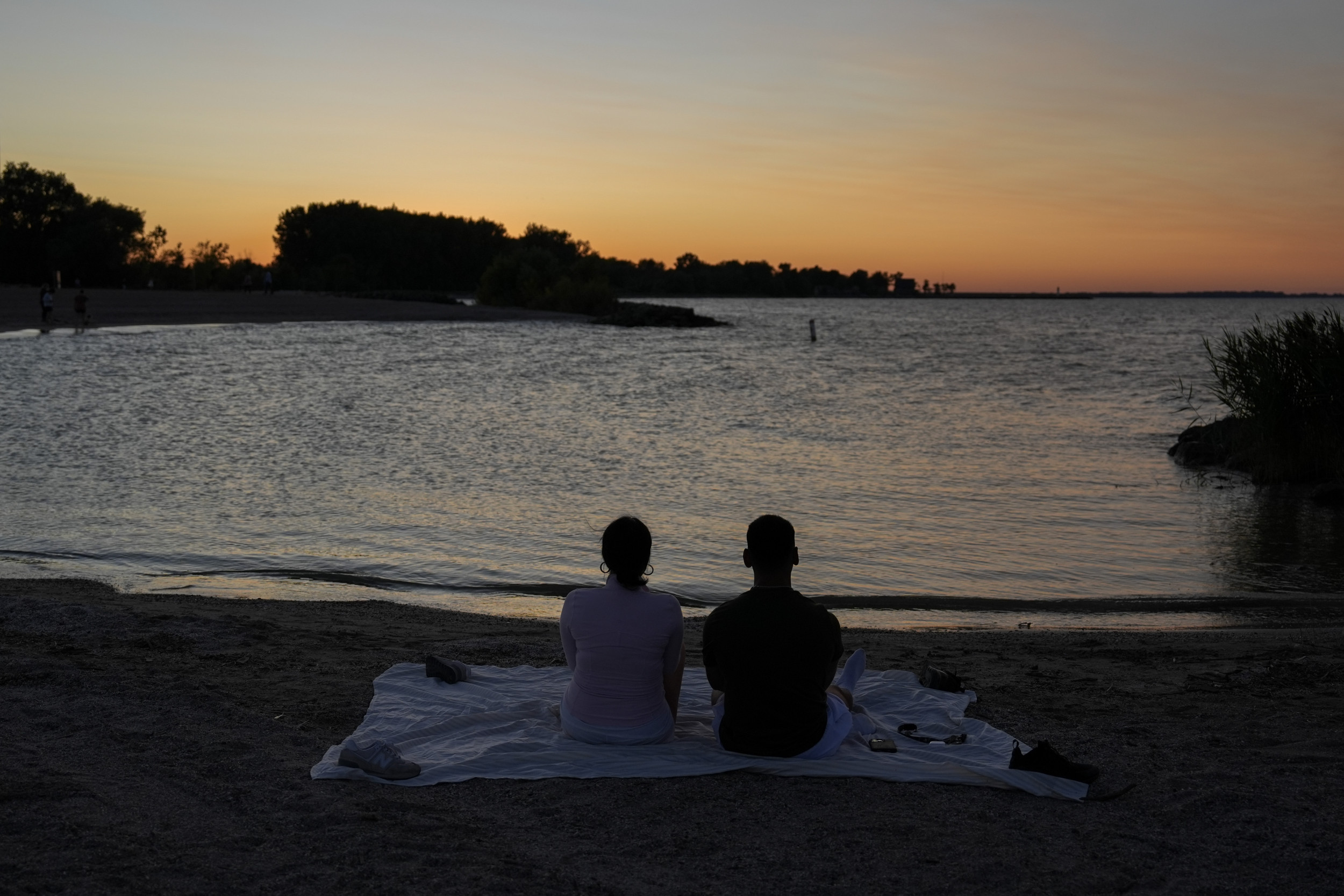Growing up along Florida’s coastline, Jennifer Boehme developed a passion for treasure hunting. Today, she’s channeling that spirit into a groundbreaking initiative to map the depths of the Great Lakes.
As the executive director of the Great Lakes Observing System, Boehme envisions how comprehensive maps can improve ship navigation, identify fish habitats, and help predict climate-related phenomena like erosion and flooding. “The thrill of discovery drives me,” she says. “There’s still so much we don’t know about these lakes—more than what we know about the moon’s surface!”

Joshua A. Bickel/AP Photo
Currently, only a small portion of the Great Lakes’ floors have been mapped, and the existing charts, created decades ago, lack the detail needed for modern exploration. Since 2018, the Great Lakes Observing System has been advocating for precise, high-resolution maps of all five lakes.
These lakes cover 94,250 square miles—more extensive than Kansas—with depths varying from 210 feet in Lake Erie to over 1,300 feet in Lake Superior.
Recent advancements in technology have energized the mapping campaign. Two Michigan representatives, Republican Lisa McClain and Democrat Debbie Dingell, have introduced a bill aiming to allocate $200 million to complete the mapping by 2030.
“It’s time we take the initiative in exploring the Great Lakes,” said McClain during a recent House subcommittee meeting.

AP Photo/Jim Mone/AP Photo
The last effort to map these waterways was in the 1970s, relying on outdated single-beam sonar technology, which only provided low-resolution images of about 15% of mostly coastal areas. This older mapping may have overlooked important features like shipwrecks and underwater canyons, as noted by Tim Kearns from the Great Lakes Observing System.
Modern mapping utilizes advanced multibeam sonar and airplane laser imaging to generate detailed 3D images of the lake beds. A detailed map would significantly enhance safety for vessels and provide essential data for managing storm impacts and construction projects, according to Steven Murawski, a biological oceanographer.
Although enthusiasm for the mapping initiative is rising, Congress has yet to take action on the proposed funding. Rep. Cliff Bentz pointed out that proponents need to convey the broader benefits of the mapping effort.
“Finding the Edmund Fitzgerald would be fascinating, but there must be more reasons for this project,” he remarked, referring to the freighter that sank in Lake Superior in 1975, resulting in the loss of its entire crew of 29.
Boehme remains determined to reach the 2030 mapping goal, regardless of the legislative hurdles. “This research serves the public interest,” she emphasized. “Persistence is key in making our case to Congress. Understanding the system is vital for its conservation.”
Reported with contributions from The Associated Press.
